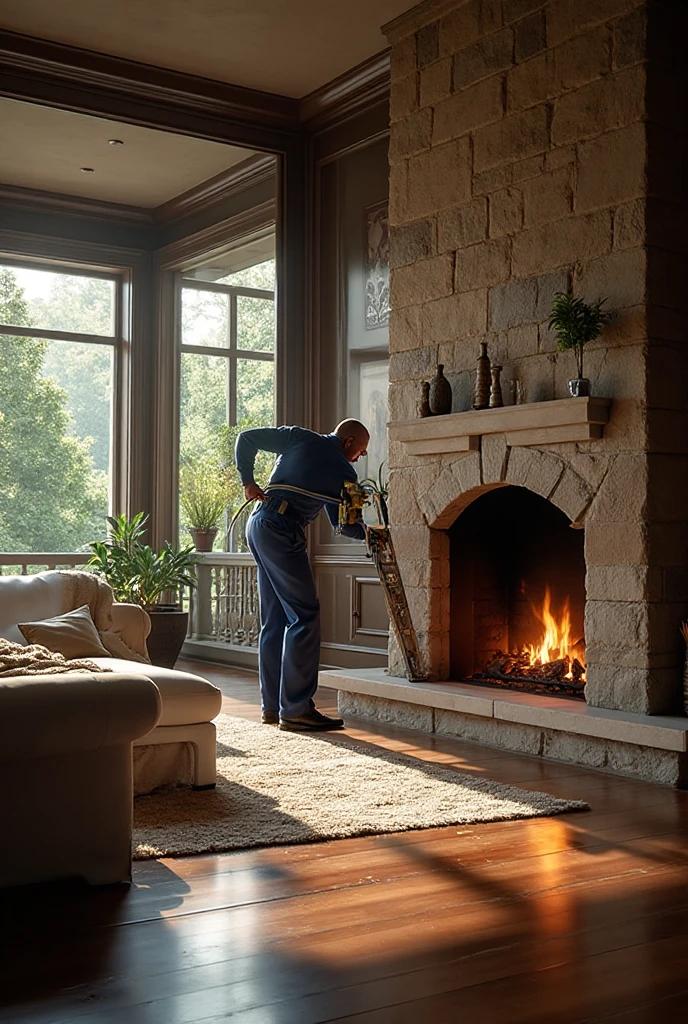Walking into a recording studio for the first time is both exciting and nerve-racking. The atmosphere, filled with advanced equipment, soundproof walls, and engineers working behind glowing consoles, sets the tone for what could become a career-defining project. Whether you’re a solo artist, a band, or a producer, preparation and mindset play an important role in making the most of your studio time. The following guide explores valuable tips to ensure your recording experience is smooth, productive, and ultimately rewarding.
Preparing Before You Step Into the Studio
The success of any session begins long before the microphone is turned on. Preparation helps you save both time and money while giving your music the attention it deserves.
-
Rehearse Thoroughly: Know your songs inside out. Musicians who arrive well-rehearsed can capture takes quickly and focus on creative aspects rather than repeatedly fixing mistakes.
-
Refine Arrangements: Decide on song structures, intros, and endings in advance. This avoids confusion when the red light turns on.
-
Bring References: Having reference tracks allows the engineer to understand the type of sound and mix you’re aiming for.
By handling these basics ahead of time, you walk into the studio confident and ready to deliver.
Communicating with Your Engineer and Producer
A strong line of communication is crucial during the recording process. Engineers and producers are not only technically skilled but also collaborators in shaping your sound.
-
Be Clear About Your Vision: Explain your creative goals and desired sound before recording begins.
-
Ask for Input: Engineers often have suggestions that can improve tone, mic placement, or arrangement. Their perspective can add value to your project.
-
Establish Boundaries: While feedback is important, make sure your identity as an artist isn’t lost in the process.
Clarity and respect create a collaborative environment where everyone feels invested in the outcome.
Maximizing Studio Time
Studio time is precious, especially if you’re paying hourly. Learning how to maximize every minute ensures that your money is spent efficiently and your project stays on track.
-
Arrive Early: Being punctual helps set up quickly and creates momentum for the session.
-
Organize Your Materials: Have your lyrics, instrument tunings, and backing tracks ready before arriving.
-
Prioritize Key Tracks: Record the most important parts first while energy levels are high, leaving secondary overdubs for later.
These small but effective practices can make a huge difference in productivity.
Vocalists: Protecting and Perfecting Your Voice
For singers, the voice is the main instrument, and caring for it is essential before and during recording.
-
Warm Up Properly: Gentle exercises prepare vocal cords and reduce strain.
-
Stay Hydrated: Avoid caffeine and dairy before recording; stick to water and light herbal teas.
-
Take Breaks: Pushing through fatigue often leads to weak takes. Resting your voice ensures consistency across songs.
A healthy voice not only delivers better takes but also maintains stamina throughout long sessions.
Musicians: Getting the Best Instrumental Takes
Instrumentalists face their own set of challenges in the studio. Subtle nuances like timing, tone, and consistency make a big impact on recordings.
-
Maintain Your Gear: Fresh strings, tuned drums, and properly serviced instruments prevent avoidable problems.
-
Use a Metronome: Practicing with a click track helps tighten timing and makes editing easier.
-
Embrace Multiple Takes: Sometimes the magic comes from unexpected moments, so don’t hesitate to record variations.
Prepared instruments and steady performances create a polished foundation for your music.
Staying Calm Under Pressure
Nerves can derail even the most prepared artist. The studio environment, with its deadlines and expectations, often heightens anxiety.
-
Focus on the Music, Not Mistakes: A wrong note doesn’t define the entire take. Stay present and keep the momentum going.
-
Bring a Positive Attitude: Encouragement between band members or even a smile from the engineer helps lighten the mood.
-
Don’t Compare Yourself: Every artist has their own process. Concentrate on delivering your best rather than competing.
A calm mindset ensures the session feels creative rather than stressful.
The Role of Breaks and Mental Clarity
Recording sessions can stretch for hours, but working nonstop often leads to burnout. Scheduling short breaks enhances creativity and performance.
-
Step Outside: A quick walk or breath of fresh air resets focus.
-
Snack Smart: Light, healthy snacks maintain energy levels without weighing you down.
-
Listen with Fresh Ears: Returning after a break often helps spot issues you missed earlier.
Balancing intensity with rest keeps the session productive from start to finish.
The Importance of Playback and Feedback
Recording isn’t just about capturing takes—it’s about evaluating them critically. Listening back allows you to identify what works and what doesn’t.
-
Be Objective: Hearing yourself on playback can feel uncomfortable, but it’s the best way to ensure quality.
-
Take Notes: Write down thoughts during playback to stay organized and avoid repeating the same mistakes.
-
Encourage Honest Feedback: Trusted collaborators can catch details you might overlook.
Playback sessions serve as checkpoints that ensure your project is headed in the right direction.
Post-Session Organization
The work doesn’t end once recording stops. Managing your files and next steps helps keep momentum going.
-
Label Everything Clearly: Track names, takes, and dates should be organized for easy reference.
-
Back Up Files Immediately: Never leave the studio without a copy of your work.
-
Plan for Mixing and Mastering: Discuss timelines with your engineer so the project continues moving forward.
This organization ensures a smooth transition from recording to production.
Final Thoughts
A successful studio experience blends preparation, communication, and adaptability. Artists who rehearse, manage time well, and maintain open dialogue with their team often walk away with recordings that capture both precision and emotion. Remember, the studio is not just a place to record—it’s a creative environment where collaboration and passion come alive. By following these tips, you position yourself to get the best results and leave with tracks that reflect your true artistic vision.
Every song carries its own story, and every take adds a layer to that story. With the right mindset, preparation, and respect for the process, you can make each recording studio session a stepping stone toward your musical goals.





